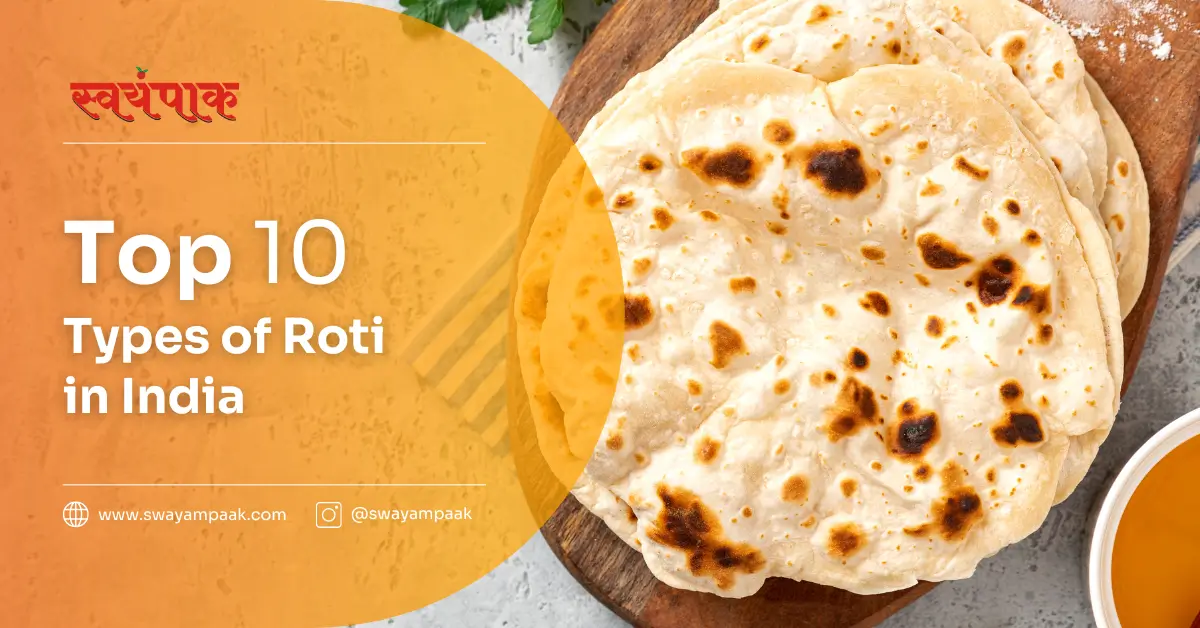India, a land of diverse cuisines and vibrant flavours, is renowned for its rich culinary heritage. One of the most beloved and versatile components of Indian cuisine is roti, a traditional Indian flatbread.
Roti holds a special place in the hearts of Indians, as it is not just a staple food but also a cultural symbol that represents unity and togetherness.
In this article, we will explore the fascinating world of roti, delving into the various types of roti in India that vary from state to state and region to region.
- Different Types of Roti in India
- The Significance of Roti in Indian Cuisine
- Akki Roti: The Rice Flour Delight
- Rumali Roti: The Handkerchief Bread
- Tandoori Roti: The Clay Oven Wonder
- Missi Roti: The Gram Flour Specialty
- Makki Roti: The Cornmeal Creation
- Jowar Roti: The Nutritious Millet Bread
- Ragi Roti: The Wholesome Finger Millet Flatbread
- Sabudana Roti: The Savory Tapioca Pearl Bread
- Bajra Roti: The Millet Flour Delicacy
- Gur ki Roti: The Sweet Jaggery Flatbread
Different Types of Roti in India
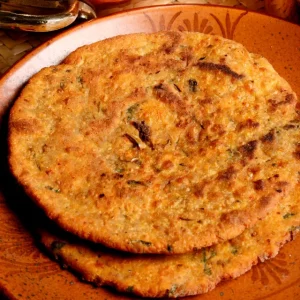
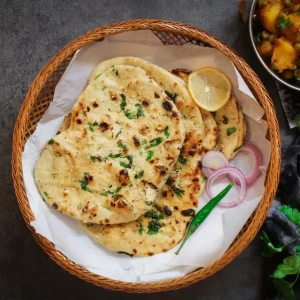


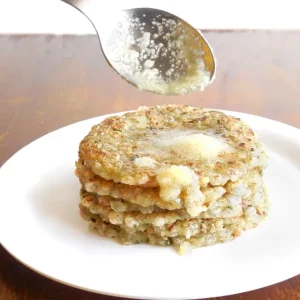
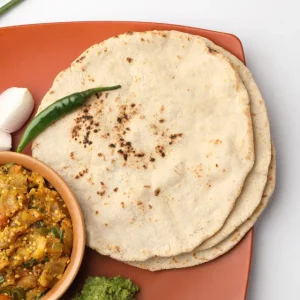
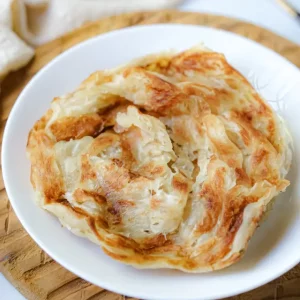
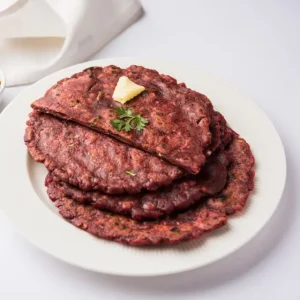
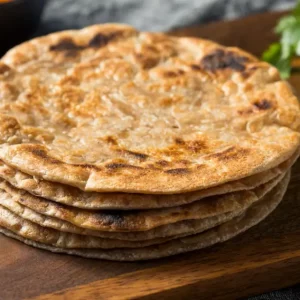
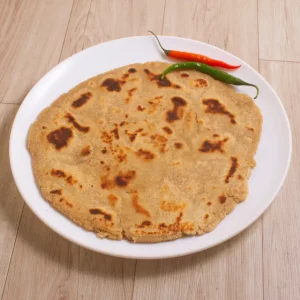
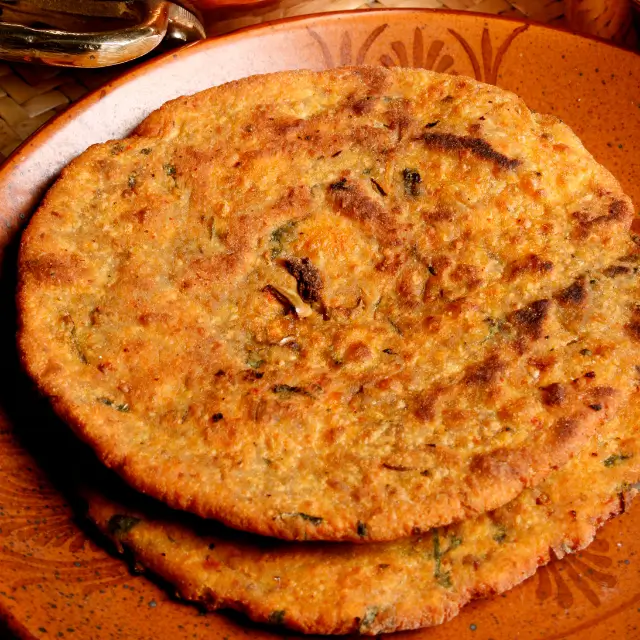
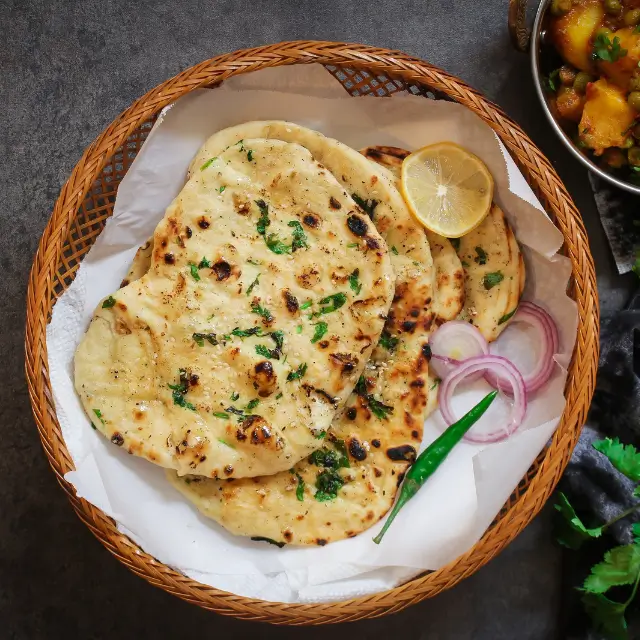
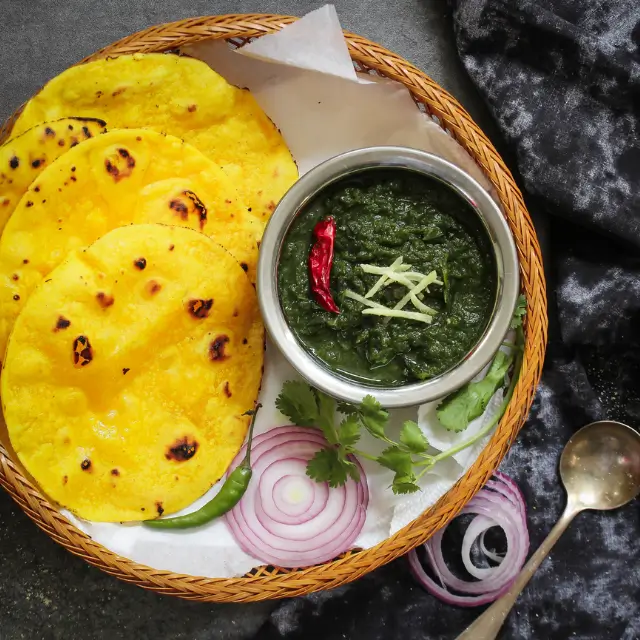
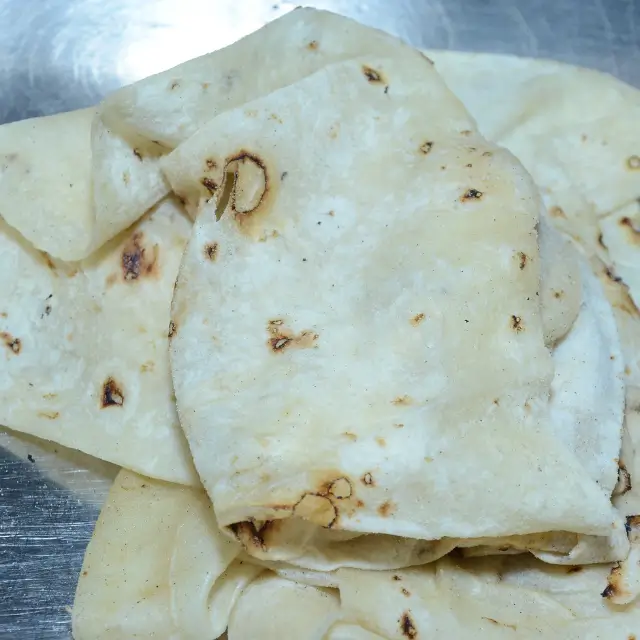
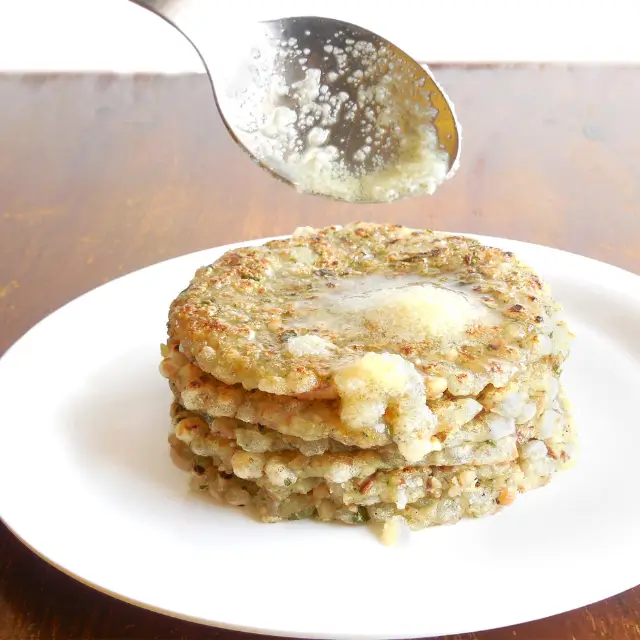
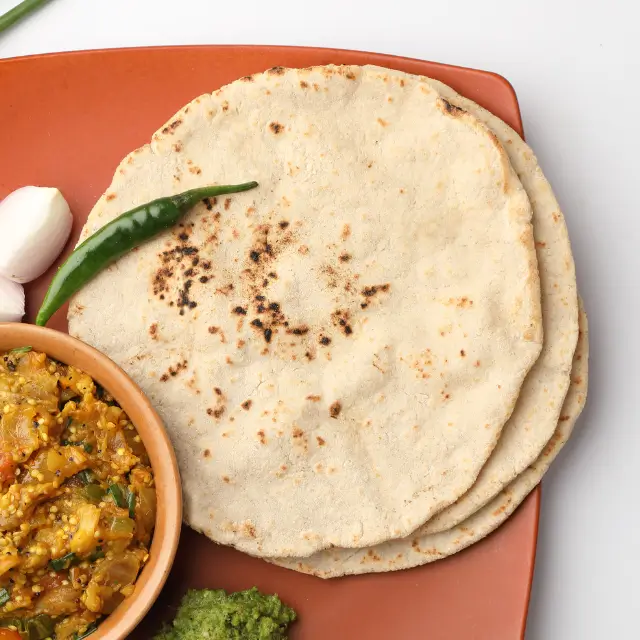
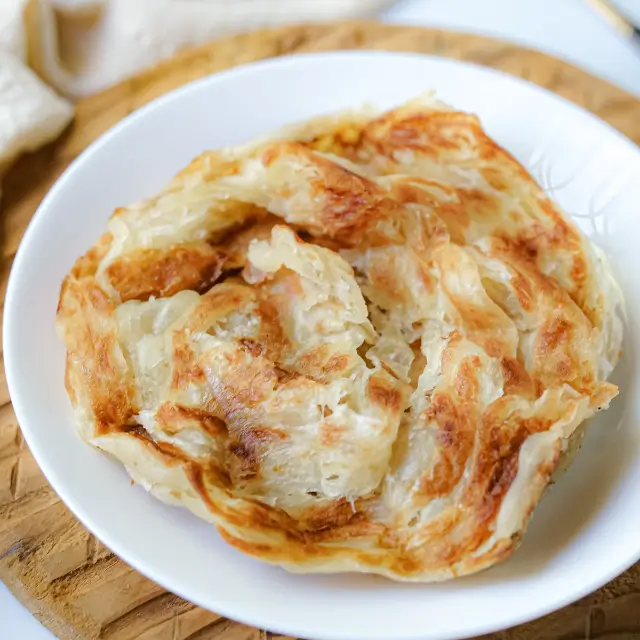
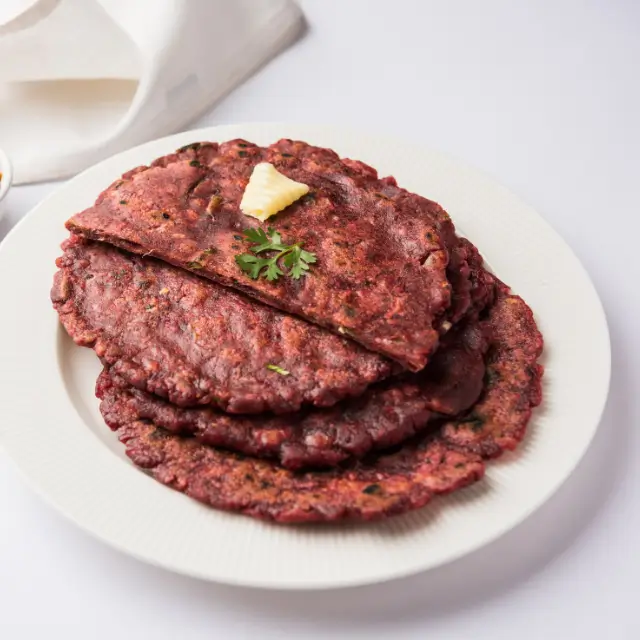
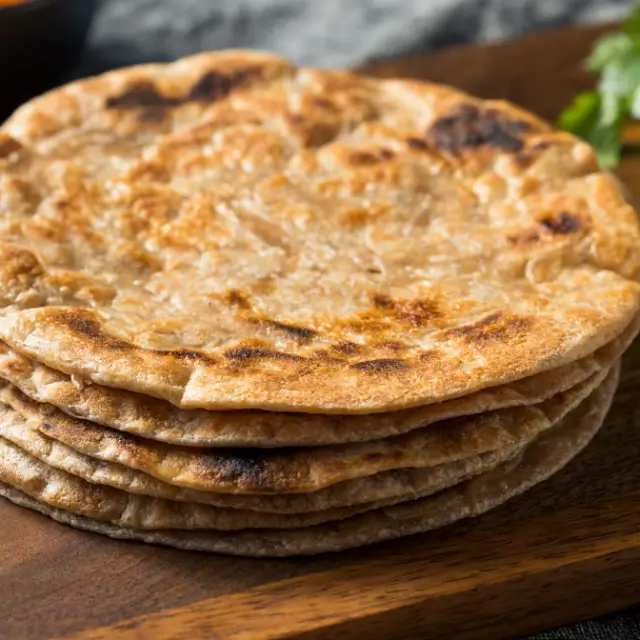
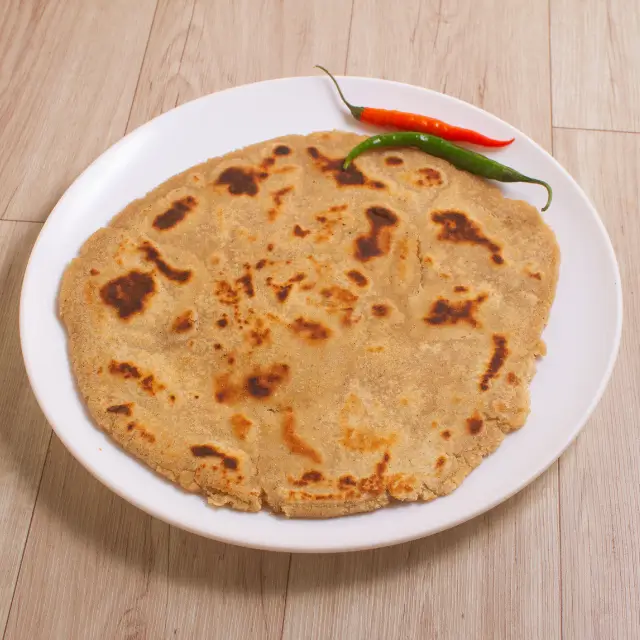
Roti, derived from the Sanskrit word “rotika,” is a generic term for flatbreads in India made from various flours. It is a staple in Indian households, particularly in the northern parts of the country.
Roti is a versatile bread that can be enjoyed in various forms, such as plain roti, stuffed roti, or as a wrap with delectable fillings.
The art of making roti has been passed down through generations, with each region in India adding its unique touch to this culinary delight.
The Significance of Roti in Indian Cuisine
Roti and rice are the two major staples in Indian cuisine. While rice is predominantly consumed in south India, roti takes centre stage in the northern parts of the country. Roti not only provides sustenance but also holds cultural and social significance.
In Indian households, the process of making roti is often a communal affair, with family members coming together to knead the dough, roll the rotis, and cook them on a hot griddle. This shared experience reflects the importance of food and togetherness in Indian culture.
Roti is often enjoyed with a variety of accompaniments, such as curries, lentils, vegetables, chutneys or any type of homemade pickle. Its versatility allows it to be paired with both vegetarian and non-vegetarian dishes, making it a favourite choice for meals across India. Now, let’s dive into the exciting world of different types of roti found in India.
Akki Roti: The Rice Flour Delight
One of the most popular types of roti in southern India, particularly in the state of Karnataka, is Akki Roti. “Akki” means rice, and true to its name, this roti is made with rice flour.
Akki roti is often combined with a mix of vegetables, such as grated carrots, onions, and finely chopped coriander, to enhance its flavour and nutritional value.
This delicious flatbread is typically served with coconut chutney, which complements its subtle flavours perfectly.
Rumali Roti: The Handkerchief Bread
Originating from the Mughlai, Hyderabadi, and Awadhi cuisines, Rumali Roti is a delicate and thin flatbread that resembles a handkerchief, hence its name.
Made with wheat flour, this roti requires skill and finesse to stretch the dough thinly and cook it on a hot griddle. Rumali roti is known for its soft and slightly chewy texture, making it an ideal accompaniment to rich and flavorful curries.
Tandoori Roti: The Clay Oven Wonder
Tandoori Roti is a popular Indian flatbread traditionally made in a tandoor, a cylindrical clay oven. The dough for tandoori roti is prepared using a combination of wheat flour and all-purpose flour (maida).
The high heat of the tandoor gives tandoori roti its distinct charred and slightly smoky flavour. It pairs exceptionally well with tandoori dishes, kebabs, and creamy curries.
Missi Roti: The Gram Flour Specialty
A speciality from the northern regions of India, Missi Roti is made with a combination of whole wheat flour and gram flour (besan).
The dough is flavoured with various spices such as cumin, coriander, and red chilli powder, giving it a delightful aroma and taste. Missi roti is often enjoyed with a dollop of ghee and served with curries or lentils.
Makki Roti: The Cornmeal Creation
Makki Roti is a flatbread made from cornmeal and is primarily consumed in the Punjab region of North India. It is often paired with Sarson Ka Saag, a popular Punjabi dish made from mustard greens.
Makki Roti has a slightly coarse texture and a distinct corn flavour that adds a unique touch to any meal.
Jowar Roti: The Nutritious Millet Bread
Jowar Roti, also known as Jolada Rotti in Karnataka, is made from sorghum flour. Sorghum, a healthy millet native to India, is rich in antioxidants and provides numerous health benefits.
Jowar roti is gluten-free and has a slightly nutty flavour. It is traditionally served with vegetable gravies or curries.
Ragi Roti: The Wholesome Finger Millet Flatbread
Ragi Roti is a breakfast staple in the state of Karnataka. It is made from ragi flour, also known as finger millet flour, which is highly nutritious and beneficial for those with diabetes.
Ragi roti is packed with essential nutrients and fibre, making it a healthy and filling choice for a balanced meal.
Sabudana Roti: The Savory Tapioca Pearl Bread
Sabudana Roti is a type of savoury roti made from tapioca pearls, mashed potatoes, and crushed peanuts.
It is often enjoyed during religious fasting periods when certain ingredients like grains and lentils are avoided. Sabudana roti has a unique texture and a mild, nutty taste that pairs well with yoghurt or chutney.
Bajra Roti: The Millet Flour Delicacy
Bajra Roti is a flatbread made from millet flour. Millets are gluten-free grains with numerous health benefits.
Bajra roti is easy to make and serves as a perfect accompaniment to dal or any vegetable-based curry dish. It has a slightly coarse texture and a slightly sweet, nutty flavour that adds a delightful twist to your meal.
Gur ki Roti: The Sweet Jaggery Flatbread
Gur ki Roti, also known as jaggery roti or Meethi roti, is a small and slightly thick flatbread made with jaggery and whole wheat flour. It is a traditional delicacy often prepared in Punjabi homes.
Gur ki roti tastes best when smeared with ghee, and its sweet flavour makes it a delightful treat for special occasions or as a dessert.
In conclusion, the various types of roti in India reflect the country’s diverse culinary traditions and regional flavours. From the rice-based Akki Roti of Karnataka to the cornmeal Makki Roti of Punjab, each type of roti offers a unique taste and texture.
Whether enjoyed with curries, lentils, or on its own, roti continues to be an integral part of Indian meals, uniting people through the shared love for this versatile and delicious flatbread.
Remember, the next time you explore the flavours of Indian cuisine, be sure to savour the delightful array of rotis that showcase the rich diversity and cultural heritage of India.

